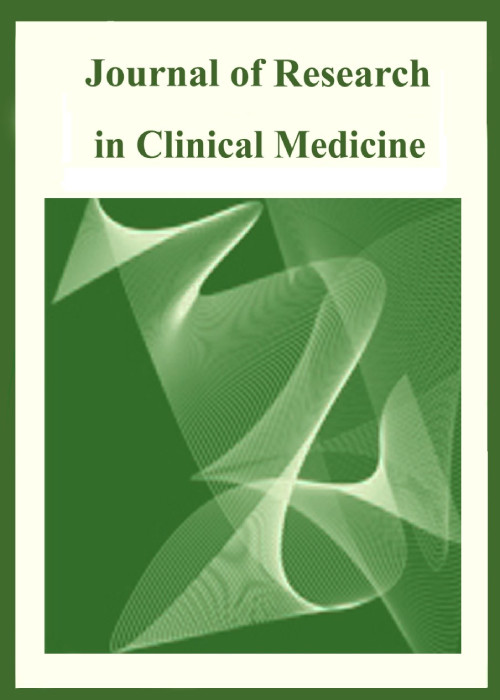Cardiovascular responses to laryngoscopy and tracheal intubation with GlideScope or Macintosh laryngoscope in elderly patients undergoing gynecologic surgery: A randomize clinical trial
The purpose of this study was to compare the GlideScope and Macintosh laryngoscopes for cardiovascular response to laryngoscopy and endotracheal intubation in elderly patients undergoing gynecological procedures.
In this clinical trial, endotracheal intubation was performed using a GlideScope (study group; n=35) and Macintosh laryngoscope (control group; n=35). Hemodynamic parameters were recorded, before induction of anesthesia (baseline), 30 and 15 seconds after starting the laryngoscopy, and every minute up to 5 minutes after intubation. Intubation time and complications of laryngoscopy and intubation were compared between two study groups.
Systolic blood pressure (SBP) in 1 (P=0.002), 2 (P=0.003) and 3 (P=0.003) minutes were significantly lower in the study group than that of the control group. The duration of laryngoscopy and intubation was not statistically different between two study groups. The frequency of hypertension after endotracheal intubation in the study group (20%) was significantly lower than that of patients in the control group (45.7%) (P=0.02). There was no significant difference in terms of postoperative complications related to laryngoscopy and intubation (hoarseness and sore throat) between two study groups (P>0.05).
This study showed that the use of GlideScope better attenuated cardiovascular responses to laryngoscopy and intubation compared to Macintosh laryngoscope in elderly patients undergoing gynecologic surgery. Also, the frequency of hypertension following laryngoscopy and endotracheal intubation was lower with GlideScope compared to Macintosh laryngoscope. Durations of laryngoscopy, intubation and postoperative complications related to airway management (hoarseness and sore throat) were similar.


